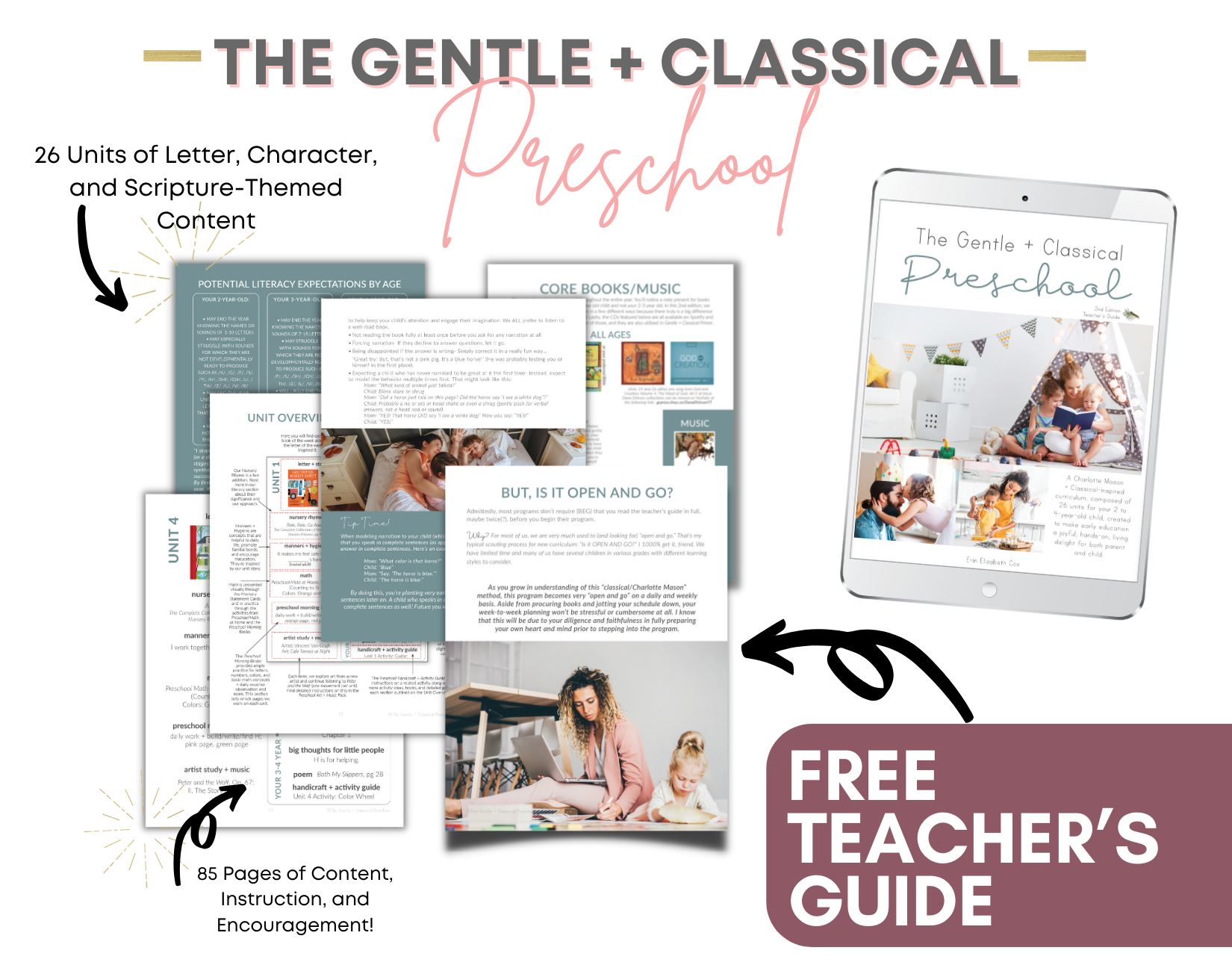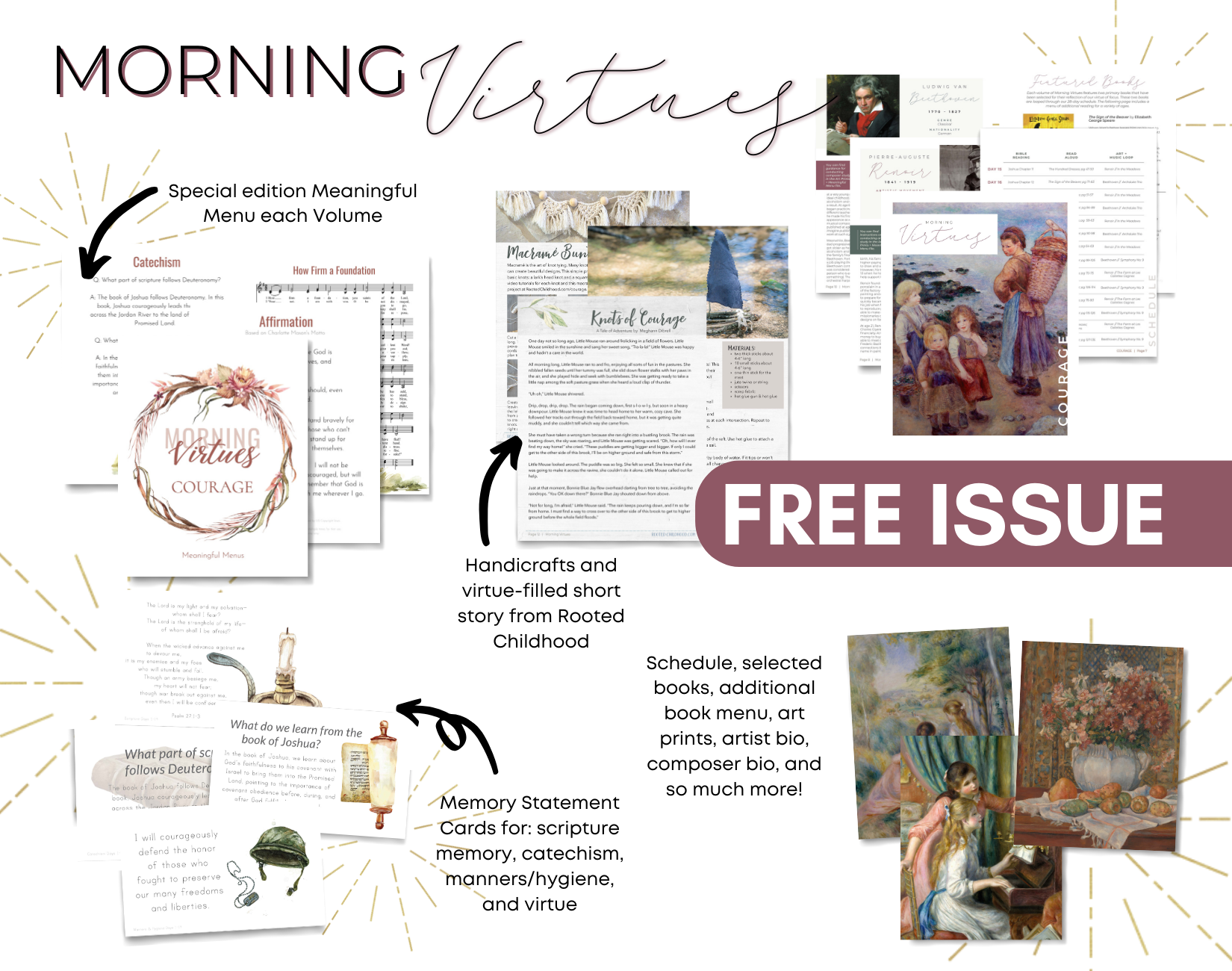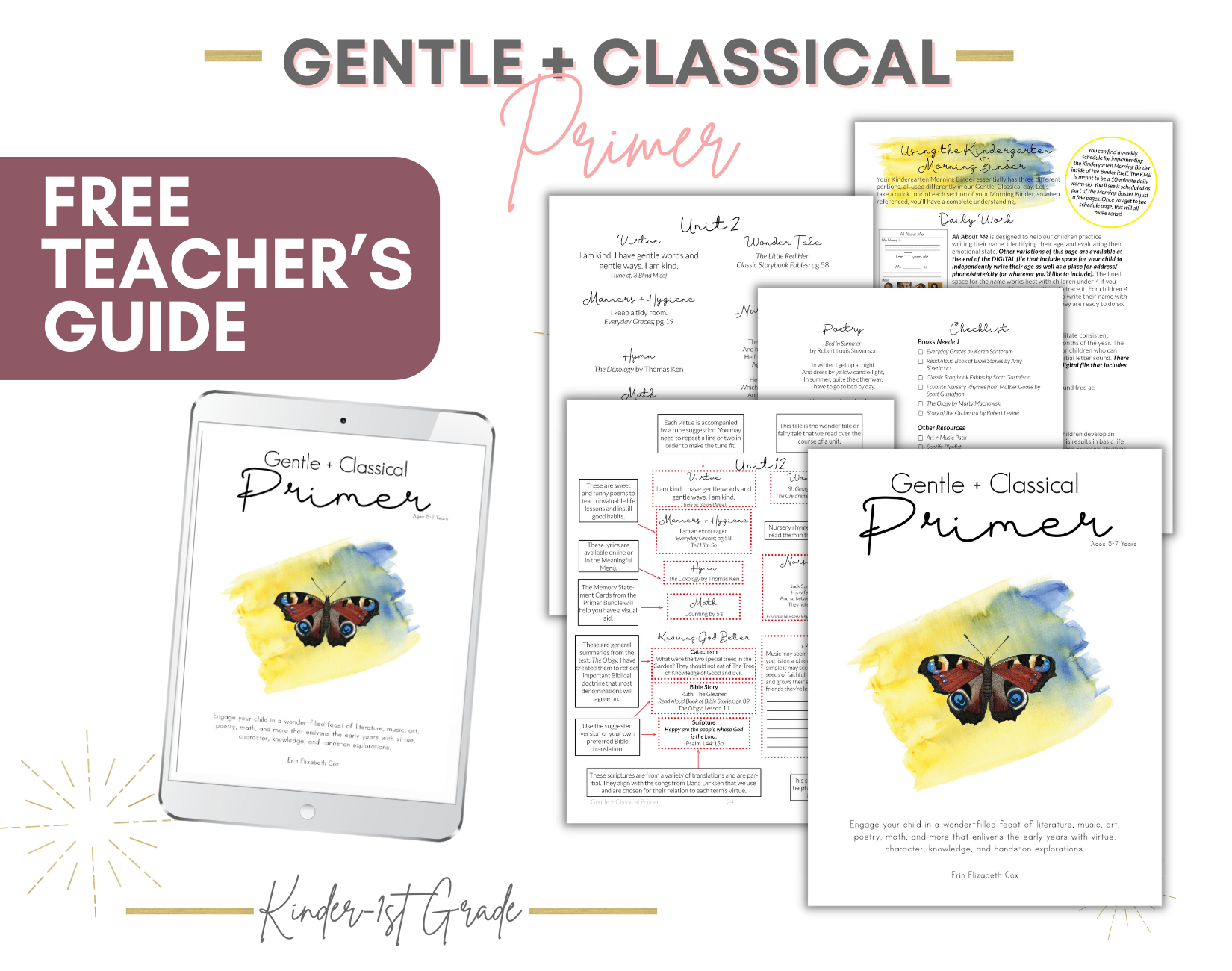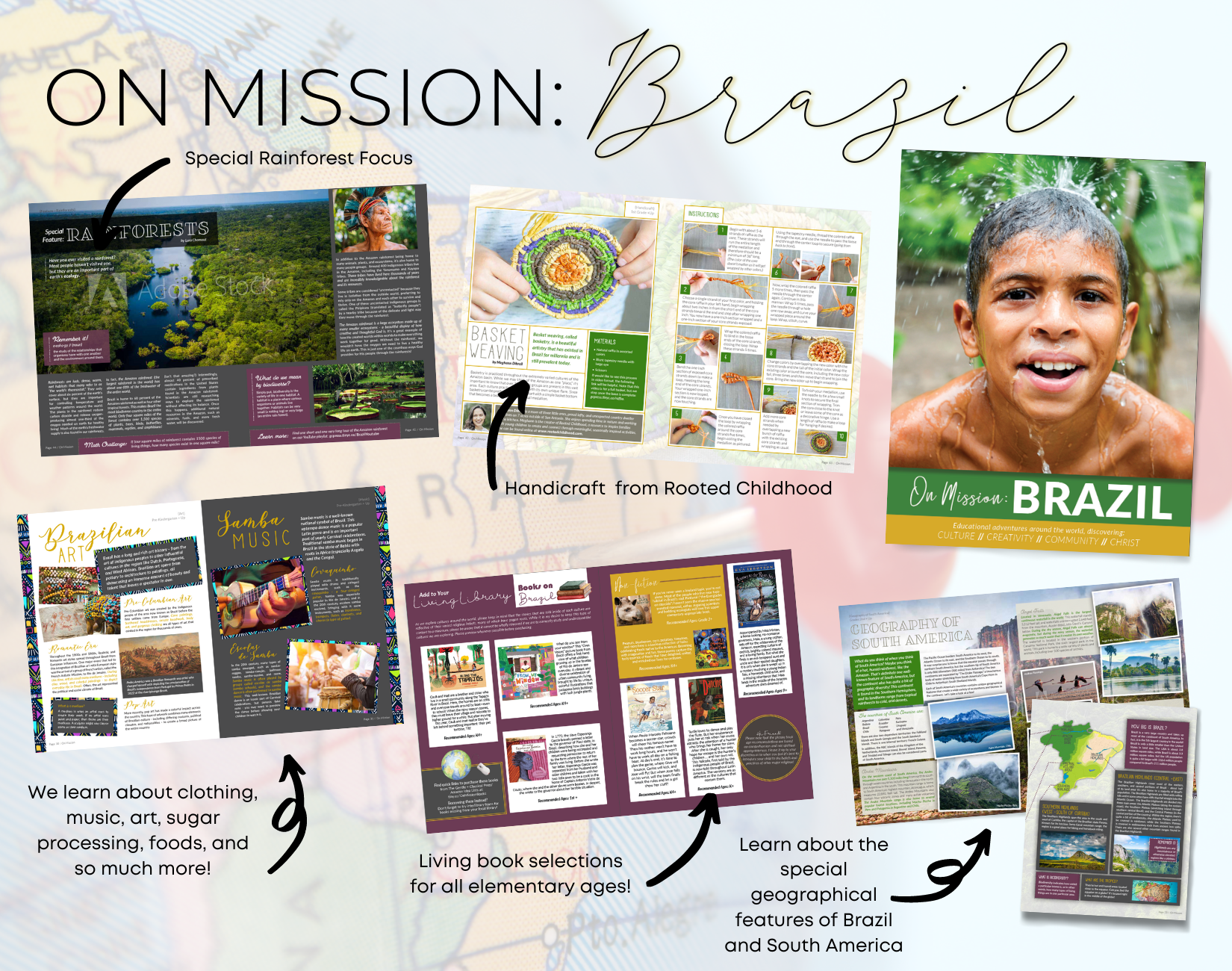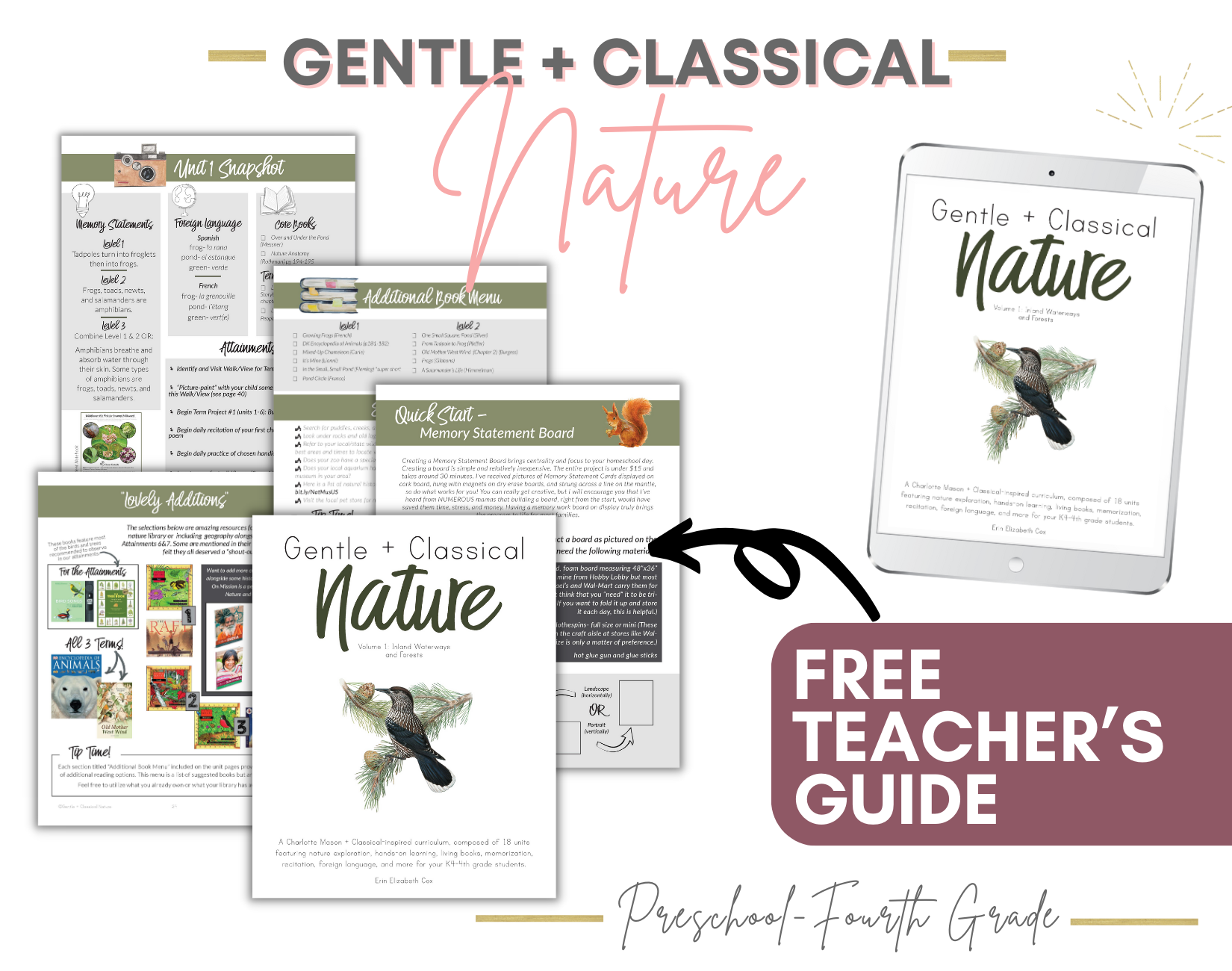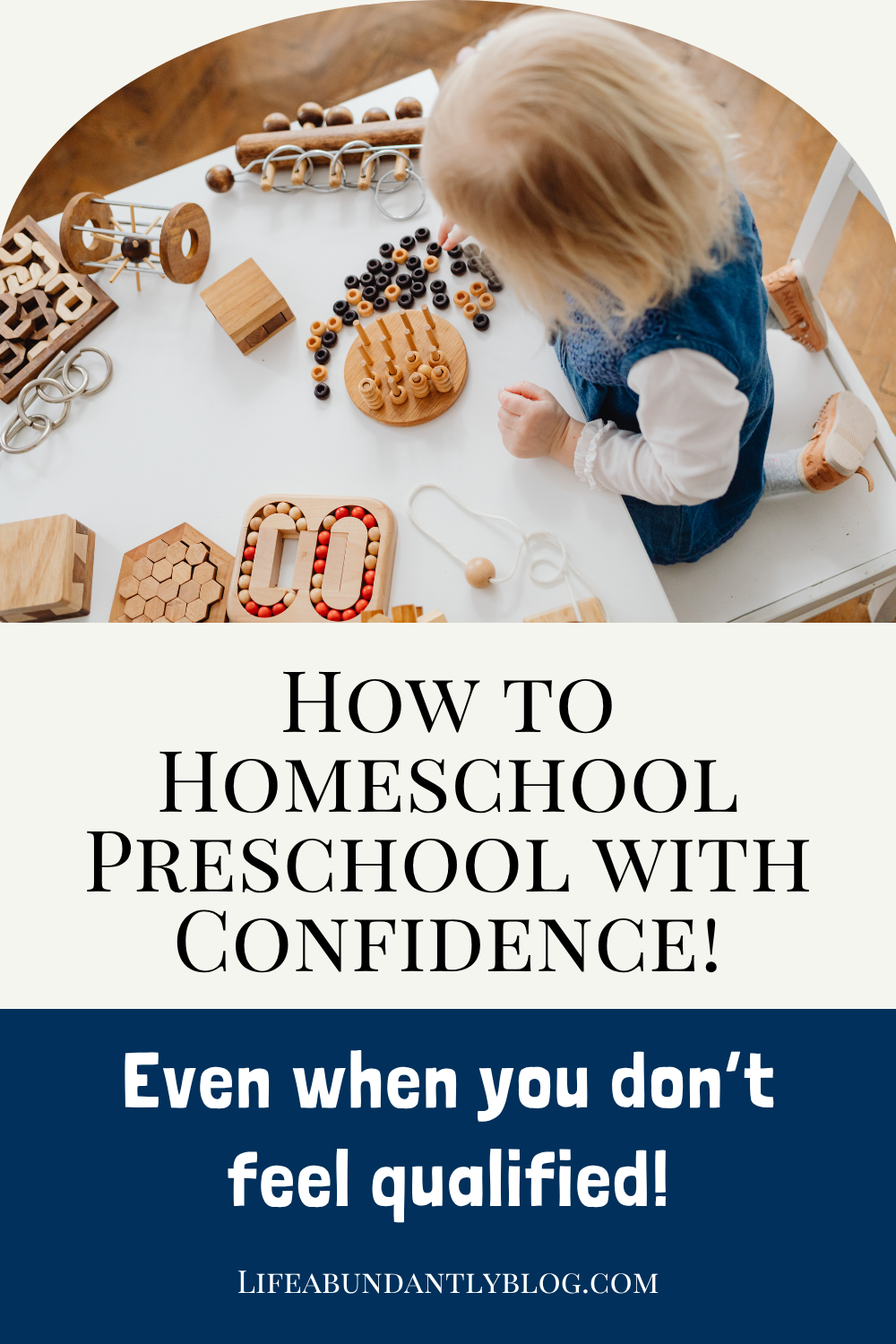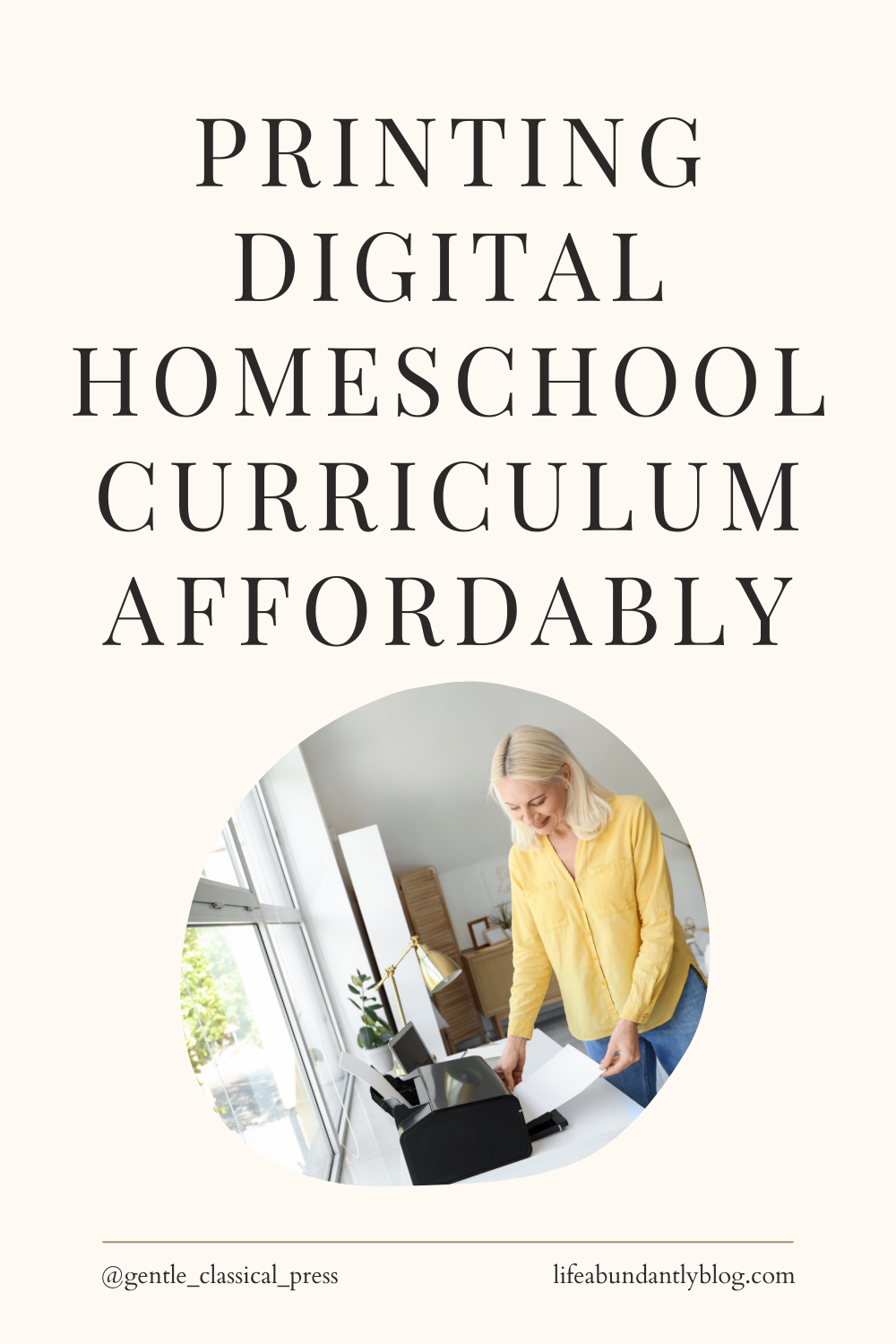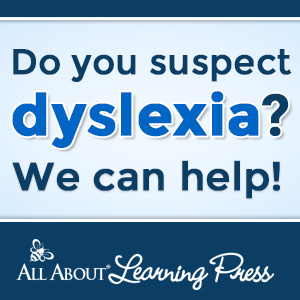How Font Size Impacts Fluency
/Are you in the season of reading instruction? It’s one of the most daunting aspects of home education and can feel overwhelming. But rest assured, when all is said and done, most of our children will learn how to read without too much of an issue.
There are so many aspects to learning to read, and if there is one kink in the chain, your child can struggle. Let’s take a look at a few areas students can struggle with when it comes to reading.
Visual Processing
Simply put, visual processing is a skill our brain uses to make sense of the world we see. Often, when a child struggles with visual processing, the more their working memory is occupied which slows down the learning process.
Often, the need for visual processing skills in education is needed are the core subjects- math, reading, and writing. These skills play a key role in how a child learns.
Visual Fatigue
We are huge fans of the 5-minute reading lesson at younger ages, though our general goal is one minute per year of age. So for a 4-year-old who has taken an interest in reading, we would spend no more than 4 minutes on learning games. We take the time to review a few letters and sounds and play some blending games. These are fun lessons that do not require a lot of hard work.
However, as our children get older and start formal lessons in kindergarten, we want to increase the amount of time we spend on reading. Our goal is to go from a 5-minute lesson to a 10-minute one. (We are fans of All About Reading - and find that the Orton Gillingham method is the most effective with children who aren’t natural “100 lessons to read” kind of kids).
As you work to increase the time allowance, if you notice your child starting to rub his/her eyes, scramble sentences, blink their eyes, or constantly move their body, this COULD be a visual processing issue or simply visual fatigue.
Vision Check
Of course, symptoms of a lag in visual processing or visual fatigue could mean your child needs glasses (but not necessarily). We always recommend getting a vision check to rule any possible vision issues out. (We are huge fans of Developmental Optometrists if you have one in your area. If you do not have the option for vision therapy in your area, there are plenty of online activities and YouTube videos. Music and cross-body motions are also great therapies!)
Font Size
When children are younger, they need a larger font text. We recommend a font that is at least half an inch tall. We’ve found that the smaller the words, the more eyes strain. Not only is it harder for children to read, but self-esteem can suffer. Of course, as children get older, the text can get smaller. As a child is learning to read, they need a larger font. This helps optimize their performance. As they get older, their eyes get stronger and they are more confident in their reading,e smaller font is permissible. In fact, if you have a child who has any visual processing issues whatsoever, a smaller font creates more work for their brain. A large, bold, generously-spaced font (between words), helps younger students to read successfully. Studies have found that every single person benefits in readability with a larger font and less crowding.
We want to set our children up for success and don’t want to add any pressure to our children’s eyes. We want them to learn to read words and sound them out, put them together, and bring meaning from them. As our children get older and as they read more, their eye muscles will strengthen. There are many kids who may not have a learning disability, they simply have a visual lag that will improve as they get older.
FREE! Sage Stories
We have created basic, simple readers with bigger, thicker font sizes. There are currently four stories and they are available for free in our shop. Our readers use fewer illustrations, so kids can focus on reading fluency (rather than guesswork). They are short and generously sized and hope they are a blessing to you and your family!
Let’s equip our children for success as we walk with them on this journey in learning to read! Check out Sage Stories 1+2 and 3+4 today in the shop!
Mentioned in video:
🌱All About Reading (our preferred Orton Gillingham curriculum - affiliate link)
🌱On Teachers Pay Teachers, look for cvc reading passages from Anne Gardner, A Teachable Teacher, and Miss Kindergarten.
🌱 The FREE Sage Stories are now in the shop!

